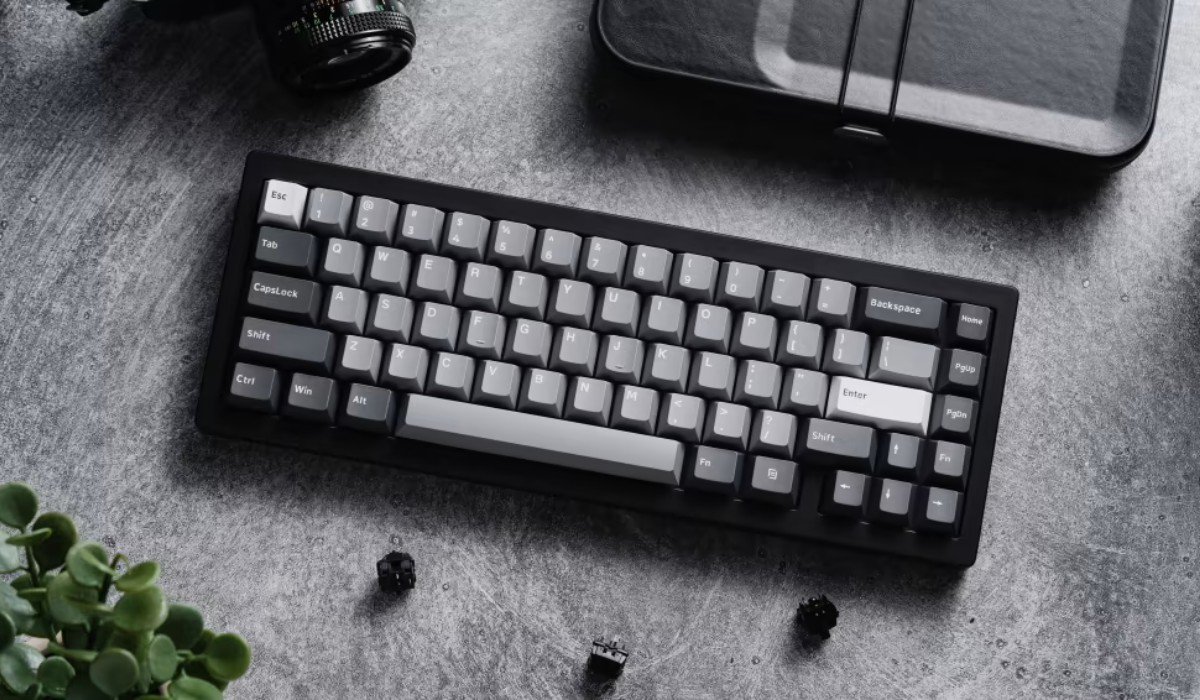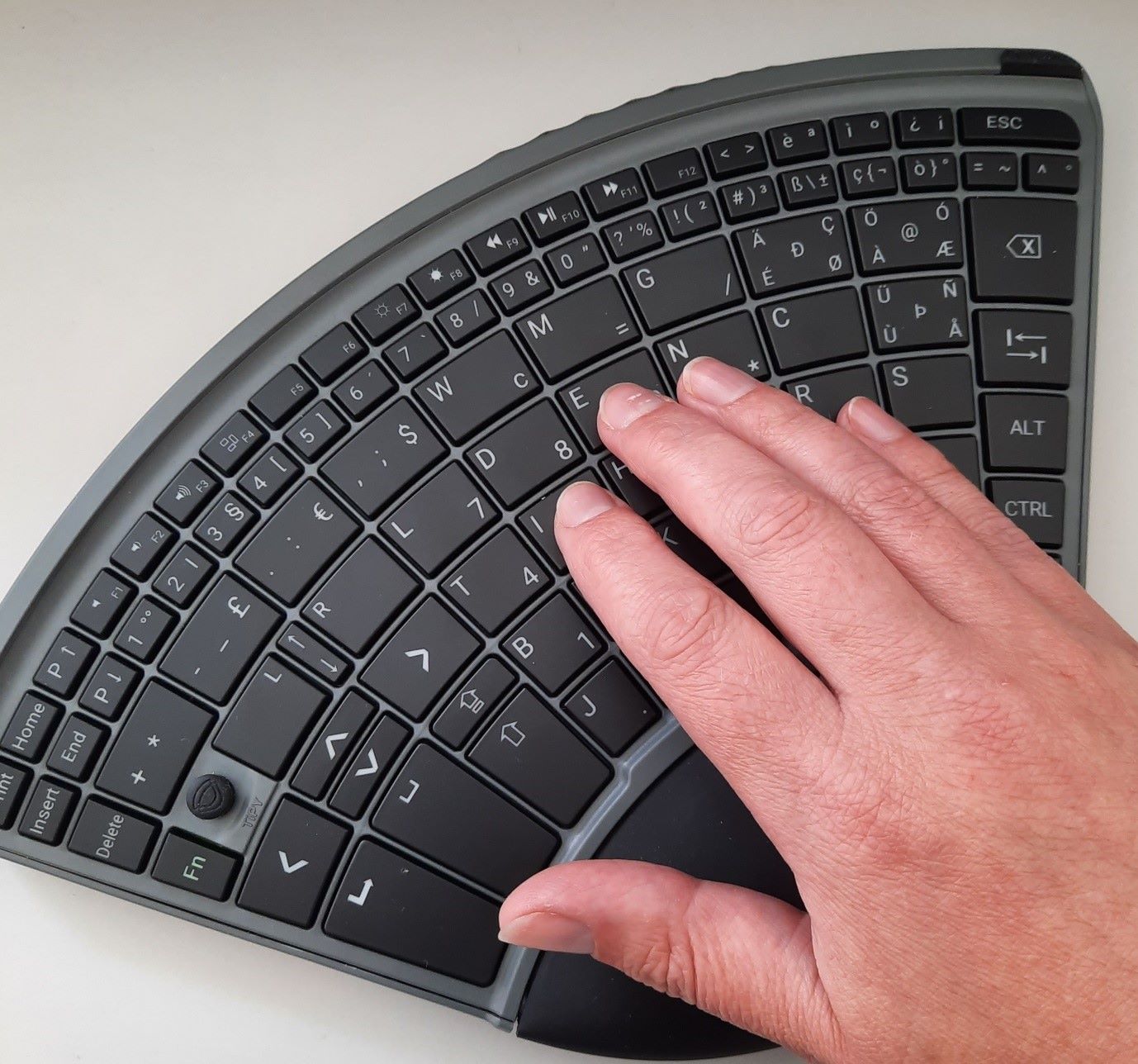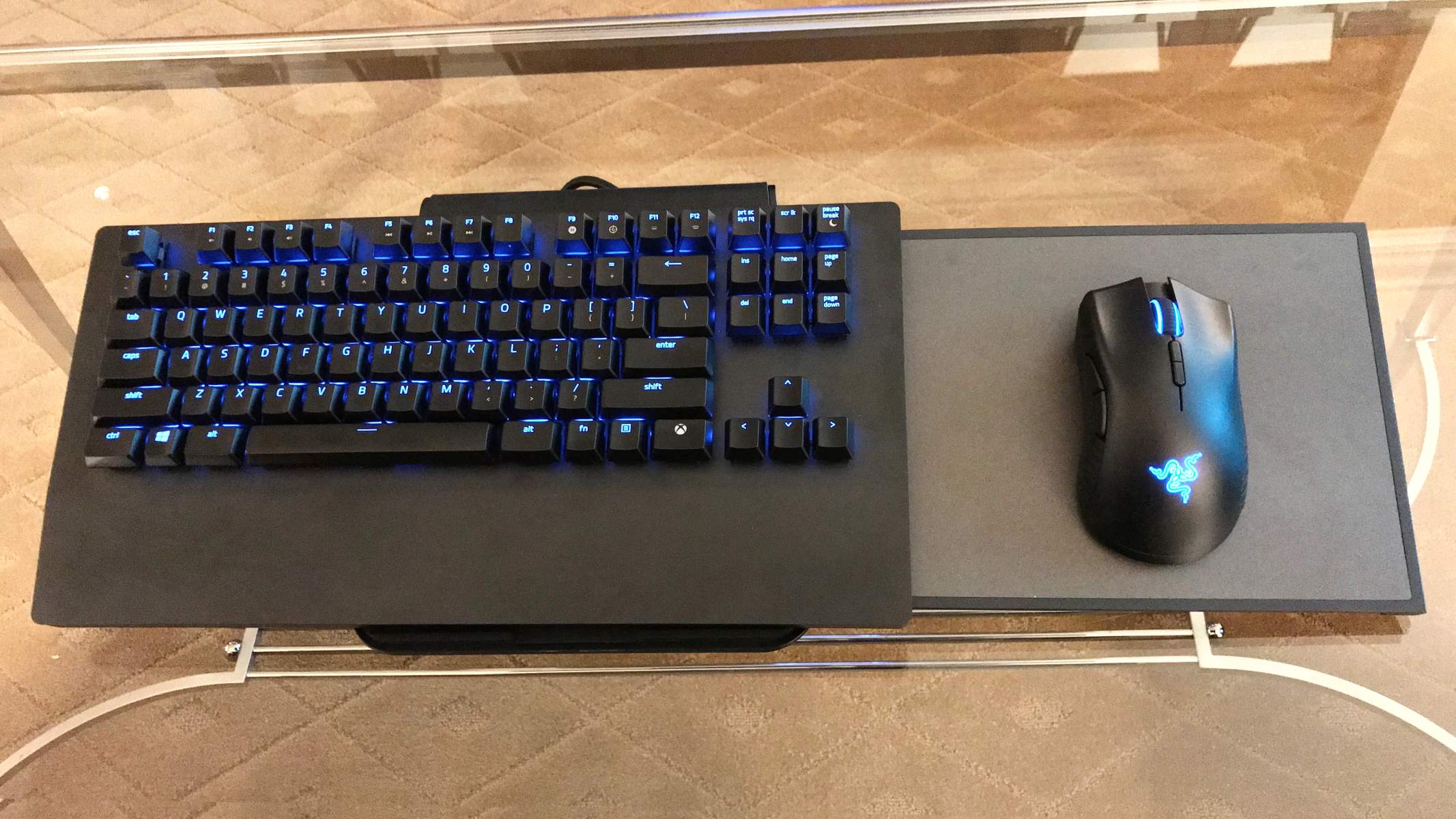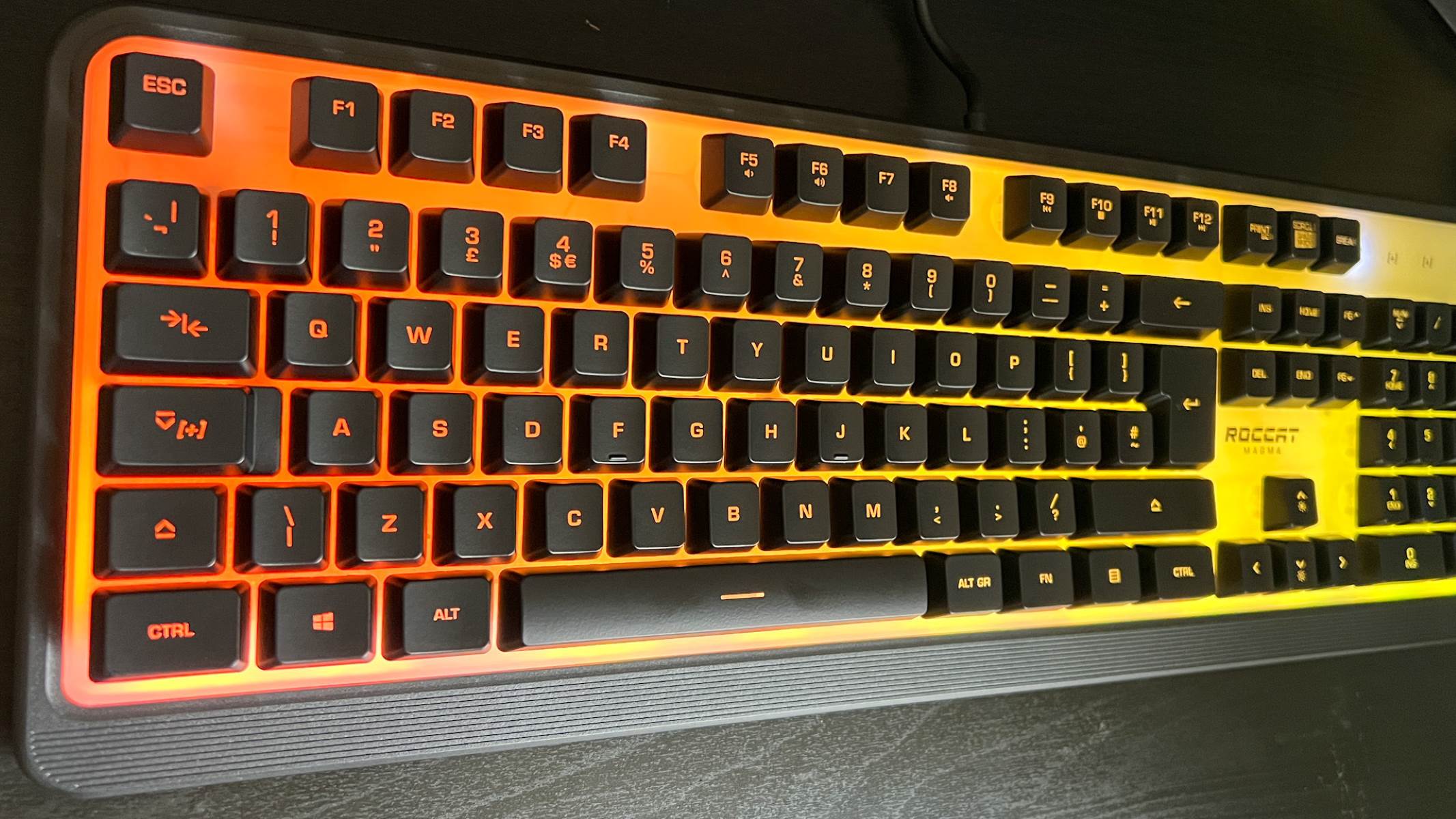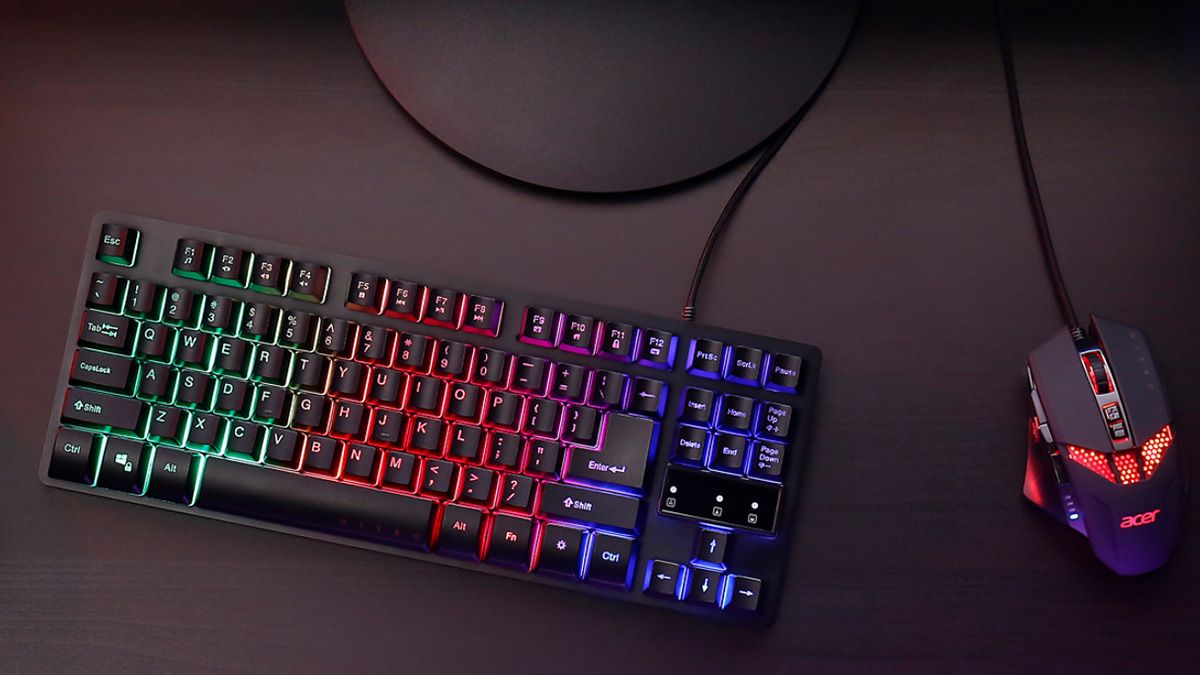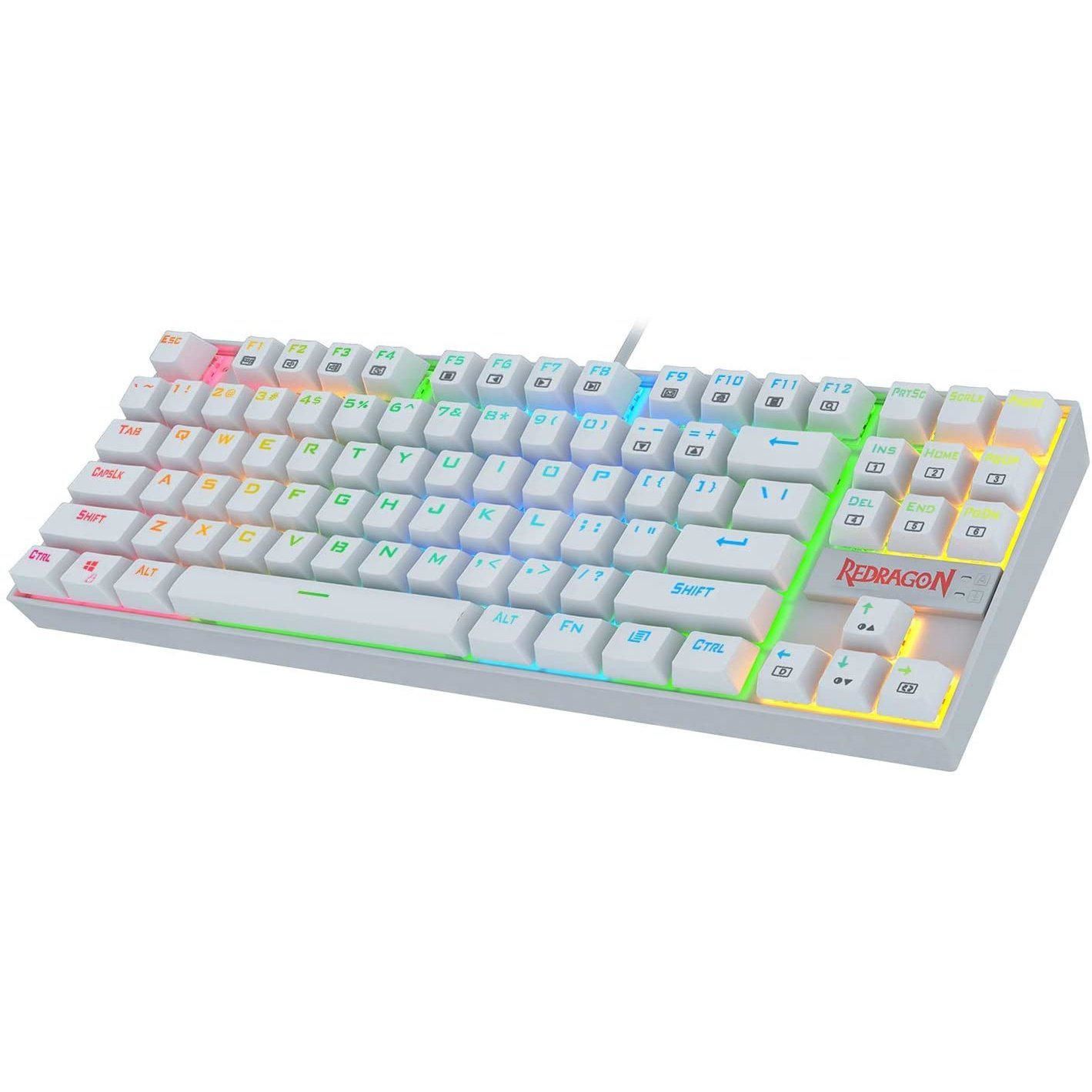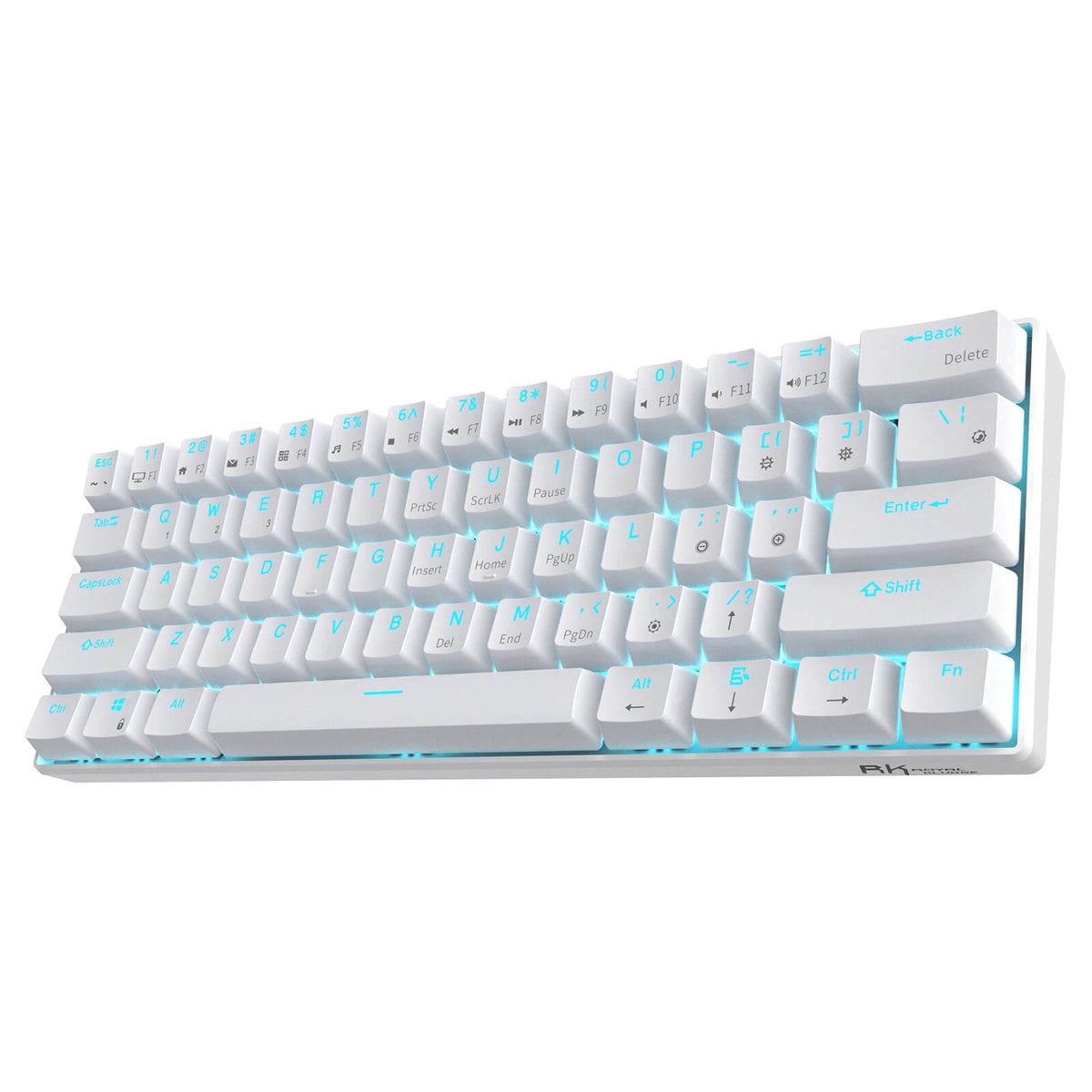Introduction
Welcome to the world of mechanical keyboards! These sturdy, tactile input devices have gained popularity among gamers, programmers, and typing enthusiasts for their responsive keys and durability. However, one common issue that can plague mechanical keyboards is ghosting. If you've experienced keys not registering or unexpected input responses, you might be dealing with ghosting. But fear not! This article will guide you through understanding and resolving this frustrating phenomenon.
Ghosting on a mechanical keyboard can be perplexing, especially for those new to the intricacies of these devices. It occurs when simultaneous key presses result in some keys not registering or triggering unintended keystrokes. This can be a major hindrance, particularly during intense gaming sessions or when typing swiftly. Understanding the root cause of ghosting is crucial to effectively addressing the issue.
In the following sections, we'll delve into the mechanics of ghosting, learn how to identify this problem, and explore effective solutions to banish ghosting from your mechanical keyboard. By the end of this article, you'll be equipped with the knowledge and techniques to ensure a seamless and responsive typing or gaming experience. Let's embark on this journey to conquer ghosting and optimize your mechanical keyboard performance.
Understanding Ghosting on Mechanical Keyboards
Ghosting, in the realm of mechanical keyboards, refers to the phenomenon where certain key combinations fail to register or produce unintended keystrokes. This issue arises due to the keyboard’s limitations in registering multiple simultaneous key presses, commonly known as rollover. Mechanical keyboards typically employ one of two rollover types: “n-key rollover” (NKRO) and “partial rollover.”
NKRO keyboards can register any number of simultaneous key presses, ensuring that every key is recognized independently. On the other hand, partial rollover keyboards have limitations on the number of keys that can be pressed simultaneously without encountering ghosting. This limitation often leads to missed or unintended keystrokes when multiple keys are pressed together.
Ghosting occurs when the keyboard’s circuitry is unable to process the signals from multiple keys being pressed at the same time. This can be attributed to the design of the keyboard’s matrix, where each key is assigned a specific electrical pathway. When too many keys within the same pathway are activated simultaneously, the keyboard may struggle to differentiate between the signals, resulting in ghosting.
It’s important to note that ghosting is not a sign of a faulty keyboard; rather, it’s a limitation inherent in the keyboard’s design. The severity of ghosting varies among different keyboard models, and it’s crucial for users to understand the specific limitations of their keyboards to effectively mitigate this issue.
Understanding the intricacies of ghosting empowers users to make informed decisions when selecting a mechanical keyboard and equips them with the knowledge to mitigate ghosting-related challenges. In the next section, we will explore methods to identify ghosting issues, allowing users to pinpoint and address this phenomenon effectively.
Identifying the Ghosting Issue
Before addressing ghosting on your mechanical keyboard, it’s essential to identify the specific key combinations or scenarios that trigger this phenomenon. By recognizing the patterns of ghosting, users can gain valuable insights into the limitations of their keyboards and devise strategies to mitigate the issue.
One approach to identifying ghosting is to utilize online keyboard testing tools specifically designed to detect ghosting and rollover limitations. These tools typically display a virtual keyboard on the screen, allowing users to press multiple keys simultaneously and observe which combinations result in ghosting. Through this interactive process, users can systematically test various key combinations, enabling them to identify the specific keys that exhibit ghosting behavior.
Another method involves leveraging software applications that visualize key presses in real-time. These applications provide visual feedback, such as on-screen displays or heatmaps, to indicate which keys are being registered when multiple keys are pressed simultaneously. By using these tools, users can gain a clear understanding of the ghosting patterns exhibited by their mechanical keyboards.
Furthermore, manual testing by simultaneously pressing various key combinations can also reveal ghosting tendencies. Users can experiment with different sets of keys and observe if certain combinations consistently result in ghosting or missed keystrokes. This hands-on approach allows users to directly experience and document the ghosting behavior of their keyboards.
Additionally, referring to the keyboard’s technical specifications and rollover capabilities can provide valuable insights into its ghosting behavior. Manufacturers often specify the keyboard’s rollover type (NKRO or partial rollover) and the maximum number of simultaneous key presses it can recognize without encountering ghosting. Understanding these specifications can help users anticipate and identify potential ghosting issues based on their usage patterns.
By actively engaging in the process of identifying ghosting, users can gain a comprehensive understanding of their mechanical keyboard’s limitations and tailor their usage to minimize the impact of ghosting. In the subsequent section, we will explore effective solutions to mitigate and eliminate ghosting, empowering users to optimize their typing and gaming experiences.
Solutions to Get Rid of Ghosting
Addressing ghosting on a mechanical keyboard involves implementing practical solutions to minimize or eliminate the occurrence of missed or unintended keystrokes. While complete eradication of ghosting may not be feasible due to the inherent limitations of certain keyboards, users can adopt effective strategies to mitigate its impact and enhance their typing and gaming experiences.
One approach to mitigate ghosting is to modify typing or gaming techniques to avoid key combinations that trigger ghosting. By understanding the specific limitations of their keyboards, users can adapt their typing or gaming styles to minimize simultaneous key presses that lead to ghosting. This proactive adjustment can significantly reduce the likelihood of encountering ghosting during regular usage.
Another effective solution involves utilizing keyboards with advanced rollover capabilities, such as NKRO keyboards. Investing in a keyboard with NKRO support allows users to enjoy seamless and unrestricted simultaneous key presses, virtually eliminating the risk of ghosting. Upgrading to a keyboard with superior rollover capabilities can provide a long-term solution to the ghosting issue.
For users who prefer to retain their existing keyboards, the use of key remapping or macro functions can help circumvent ghosting. By reassigning specific key combinations to less problematic keys or utilizing macro commands to execute complex inputs, users can work around the limitations of their keyboards and minimize the impact of ghosting during intense typing or gaming sessions.
Furthermore, firmware or software updates provided by keyboard manufacturers can sometimes address ghosting issues by optimizing the keyboard’s input processing algorithms. Staying informed about firmware updates and implementing the latest enhancements can potentially improve the keyboard’s performance and reduce the occurrence of ghosting.
Additionally, consulting with keyboard enthusiasts and communities can provide valuable insights into mitigating ghosting through custom firmware modifications or keyboard tuning. These communities often share innovative solutions and tweaks to enhance keyboard performance, offering a wealth of knowledge for users seeking to address ghosting effectively.
By implementing these solutions, users can proactively manage and minimize the impact of ghosting on their mechanical keyboards, ensuring a more responsive and reliable typing or gaming experience. In the subsequent section, we will summarize the key insights and strategies presented in this article, empowering users to conquer ghosting and optimize their mechanical keyboard usage.
Conclusion
As we conclude this exploration of ghosting on mechanical keyboards, it’s evident that understanding the intricacies of this phenomenon is crucial for users seeking to optimize their typing and gaming experiences. By delving into the mechanics of ghosting and identifying its manifestations, users can gain valuable insights into the limitations of their keyboards and devise effective strategies to mitigate the impact of ghosting.
Ghosting, stemming from the inherent rollover limitations of mechanical keyboards, presents challenges that can be addressed through practical solutions. Whether it involves adapting typing techniques, upgrading to keyboards with advanced rollover capabilities, or leveraging software and firmware enhancements, users have a range of options to minimize the impact of ghosting and ensure a more seamless input experience.
Furthermore, the collaborative nature of keyboard enthusiast communities provides a wealth of knowledge and innovative solutions for addressing ghosting. By tapping into this collective expertise, users can explore custom modifications and keyboard tuning strategies to optimize their mechanical keyboards and mitigate the impact of ghosting.
Ultimately, the journey to conquer ghosting on mechanical keyboards is one of empowerment and informed decision-making. Armed with a deeper understanding of ghosting and equipped with practical solutions, users can navigate the realm of mechanical keyboards with confidence, ensuring that ghosting becomes a minimal concern in their daily interactions with these tactile input devices.
By embracing the insights and strategies presented in this article, users can embark on a path towards a more responsive and reliable mechanical keyboard experience, free from the frustrations of ghosting. As the realm of mechanical keyboards continues to evolve, the knowledge and strategies shared here will serve as a valuable compass, guiding users towards optimal performance and enjoyment in their interactions with these resilient and versatile input devices.







